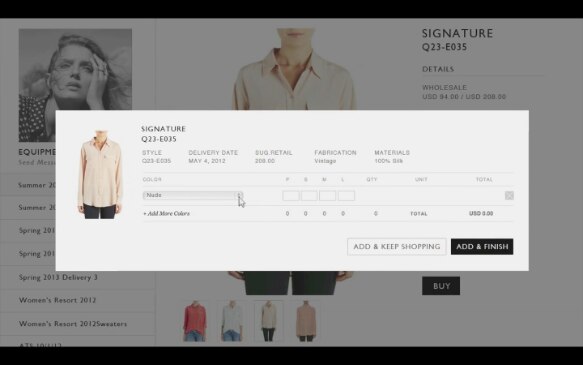Photo by rawpixel on Unsplash
RELATED: [The merchant’s guide to multichannel sales & global growth]
Let’s get one thing straight: Vertical commerce is not eCommerce, with products across numerous categories. Vertical commerce is niche. Vertical commerce is specialized.
Think Warby Parker (eyeglasses), Bonobos (men’s fashion), Casper (Mattresses), Dollar Shave Club (men’s grooming), Poo-Pourri (toilet deodorizers), Glossier (beauty products) and Away (luggage).
This is where chain retailers and department stores faltered. They failed to foster an emotional connection with their customers, instead relying on a transactional relationship. They failed to curate and offer only the best products, which led to brand dilution. They failed to update their store experience. And they failed to redefine their value over their competitors.
That’s where DNVBs thrived. Since then DNVBs have taken market leadership and have attracted a devout customer base.
Plug-in to the Vertical eCommerce ecosystem
Today you can own your own brand with a direct sales strategy through eCommerce and extend it dramatically through fashion marketplaces like JOOR, The Iconic and many others.
Entrepreneurs like you can sell your goods on a nationwide or global scale.
It’s fantastic, really. You’re plugging into a system with a pre-existing customer base (in the hundreds of thousands to millions), a content hub (which saves you time and money on marketing), a mobile app (no need to develop one yourself), and exposure to prospective repeat buyers.
There are two digital marketplaces to consider: wholesale or B2C.
With wholesale marketplaces, big brands can join a global network to be discovered by the most sought-after retailers. Integrating with services like JOOR, NuOrder, and Modalyst means your time-to-market is shorter and you can overcome inefficient processes and disparate systems. Over 40 North American retailers are JOOR users including Neiman Marcus, Barney’s, Lord & Taylor, Net-a-Porter, and Saks Fifth Avenue.
B2C marketplaces — from Amazon, Asos, The Iconic to Farfetch, TheRealReal, Vestiaire Collective, and Fnac — can provide shoppers with a wide array of products (within a niche) at competitive prices. Brands like yours can offer a curated assortment without the risk of carrying full inventory. These marketplaces are conduits for deeper customer knowledge and brand-retailer partnerships, operating on speed, agility, and tech adoption.











